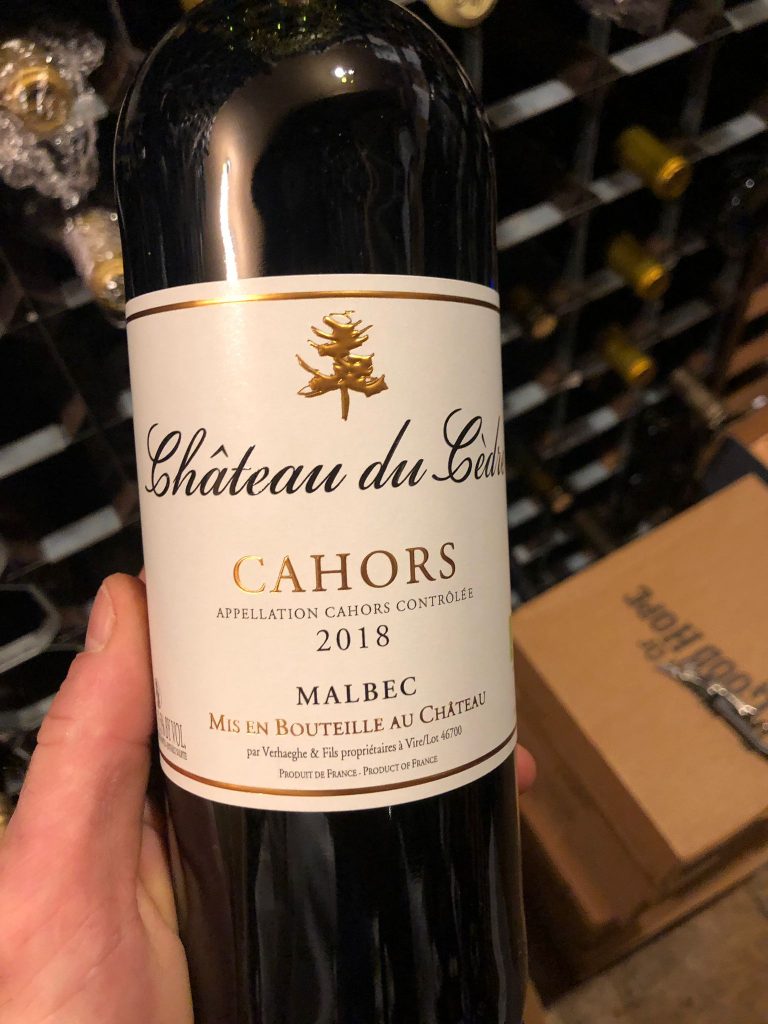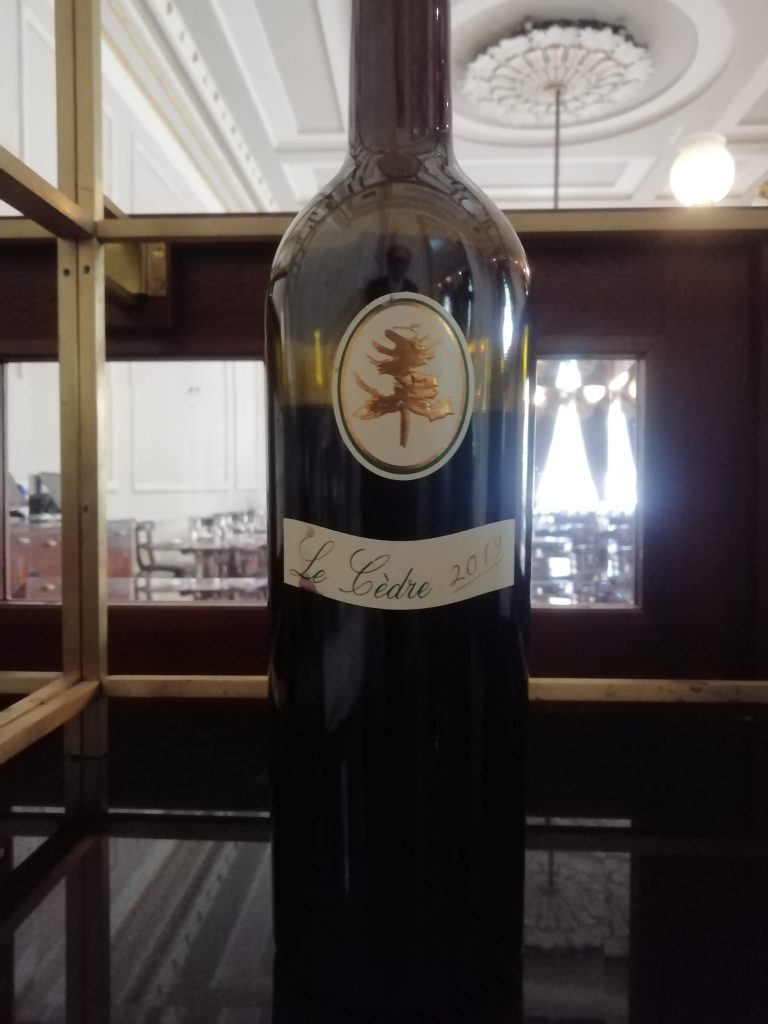With a rich history spanning more than a century, the Chateau du Cedre is a renowned estate in the Cahors wine region in southwest France. Its evolution and persistence as a winemaking region is testament to the area’s age. The early 20th century saw the beginning of the Château du Cèdre tale, which was inspired by the vision and passion of a family committed to winemaking.
The Verhaeghe family founded the estate in 1923, which is when Chateau du Cedre’s history began. The region of Cahors, which is renowned for its unique terroir—characterized by limestone plateaus and clay soils—and its potential for viticulture were recognised by the territory’s founders.
The Verhaeghe family founded the estate in 1923, which is when Chateau du Cedre’s history began. The region of Cahors, which is renowned for its unique terroir—characterized by limestone plateaus and clay soils—and its potential for viticulture were recognised by the territory’s founders. Although Cahors was not as well-known as Bordeaux or Burgundy at the time on the international wine scene, the Verhaeghe family saw an opportunity to produce something truly remarkable.
The family’s early years were difficult as they toiled diligently to develop the vineyards and make a name for themselves in the community. Following the destruction caused by the phylloxera pandemic of the late 19th century, French winemakers replanted their vineyards during the early 20th century. The Verhaeghe family persisted in their dedication to making premium wines in spite of these obstacles.
Growth and Originality
Chateau du Cedre started to invest in contemporary winemaking methods and grow its vineyards as the 20th century went on. The French wine business experienced a resurgence of optimism and creativity in the aftermath of World War II. The Verhaeghe family concentrated on improving the quality of their wines at this time by fusing old methods with cutting-edge technology.
When the Verhaeghe family’s second generation assumed control of the vineyard’s management in the 1970s, it marked one of the estate’s turning points in history. During this time, substantial investments were made in winemaking facilities and vineyard management. The family switched to organic agricultural methods, focusing on the wellbeing of the land and vines while using fewer pesticides. By using this method, Chateau du Cedre was able to enhance the grapes’ quality and establish itself as a leader in environmentally friendly wine production.
The Ascent of Malbec
Malbec, a grape variety that flourishes in the terroir of the area, is the wine known for Cahors. The Verhaeghe family understood that Malbec could yield wines with great complexity and depth. Chateau du Cedre concentrated on refining their Malbec wines in the 1980s and 90s, experimenting with various barrel ageing procedures and vinification methods to bring out the inherent qualities of the grape.
This commitment paid off, as reviews of Chateau du Cedre’s Malbec wines started to come in. The wines from this estate were praised for their rich flavours of earthy undertones, spices, and black fruits, along with their deep colour and strong tannins. Due to the popularity of its Malbec wines, Cahors has become known as one of the world’s leading wine regions, attracting the interest of wine experts and connoisseurs alike.
Global Acknowledgment and Heritage
Chateau du Cedre entered a new phase at the start of the twenty-first century. The estate’s wines were well-known throughout the world and won prizes in important wine contests. The Verhaeghe family’s third generation, which innovated while adhering to the estate’s legacy, was the driving force behind this successful time.
An international audience was drawn to Chateau du Cedre’s dedication to sustainability and high quality. The estate sold wines to many nations, and Malbecs from the estate became highly prized by collectors and aficionados. Chateau du Cedre was able to create wines that perfectly encapsulated the Cahors terroir via the use of both contemporary processes and traditional workmanship.
Current Advancements and Prospects for the Future
Château du Cèdre has improved their winemaking process in recent years by using new technologies and techniques. The estate has made investments in precision viticulture, maximising vineyard management and enhancing grape quality via the use of data and analytics. Chateau du Cèdre will continue to lead the wine business thanks to its progressive strategy.
The fourth generation of the Verhaeghe family, who are currently in charge of Château du Cèdre, are committed to upholding the tradition of their forefathers while also considering the future. They still make wines that, with an emphasis on sustainability and creativity, capture the distinct personality of the Cahors region.
Chateau du Cedre
Bru
46700 Vire-sur-Lot
Phone : +33 (0)5 65 36 53 87
info@chateauducedre.com
Chateau du Cedre on Google Maps
The wines

2018 Cahors
The 2018 Château du Cèdre Cahors reveals the essence of Malbec with remarkable precision. In the glass, it displays a deep, inky purple hue. The nose is expressive, offering layers of ripe blackberries, blackcurrants, and plums, complemented by notes of violet, graphite, and a touch of cedar. On the palate, it is full-bodied and concentrated, with velvety tannins and a balanced acidity. Flavors of dark fruit are interwoven with hints of cocoa, licorice, and a subtle earthiness, leading to a long, refined finish. This vintage promises excellent aging potential while also being approachable now with proper decanting. 89 corked Points

The 2019 Château du Cedre
presents a deep, inky purple hue, indicative of its rich concentration. On the nose, it offers an enticing bouquet of blackberries, plums, and black cherries, interwoven with hints of violets, licorice, and a touch of graphite. The palate is full-bodied and robust, displaying a harmonious blend of dark fruit flavours, well-integrated tannins, and a vibrant acidity that provides balance and structure. Notes of dark chocolate, tobacco, and a subtle earthiness add complexity, leading to a long, satisfying finish with a persistent mineral undertone. This wine is both elegant and powerful, showcasing the classic characteristics of Cahors Malbec. 94 corked Points
2020 Chateau du Cedre boasts a deep, garnet color with vibrant purple highlights. The nose reveals an inviting array of ripe blackberries, blackcurrants, and plums, complemented by floral notes of violet and subtle hints of cedar and spice. On the palate, it is full-bodied and well-structured, with silky tannins and a lively acidity that underscores the rich fruit flavors. Layers of dark chocolate, espresso, and a touch of earthy minerality add depth and complexity. The finish is long and smooth, marked by a refined balance of fruit, tannin, and acidity. This vintage demonstrates both power and finesse, making it a fine representation of the Cahors region. 93 corked Points